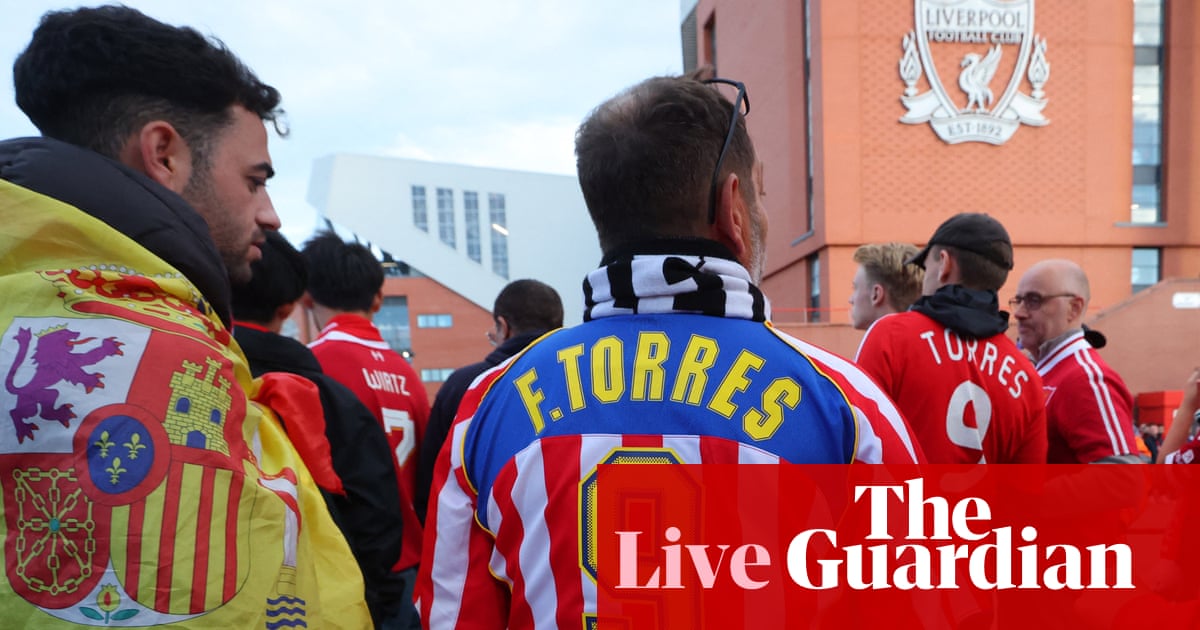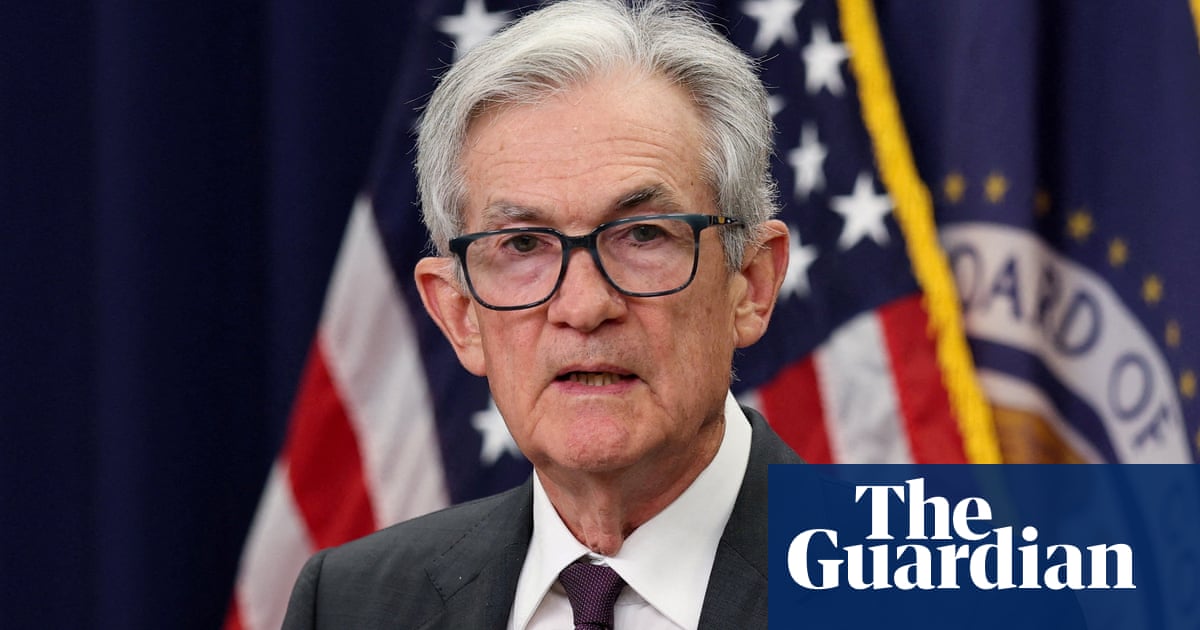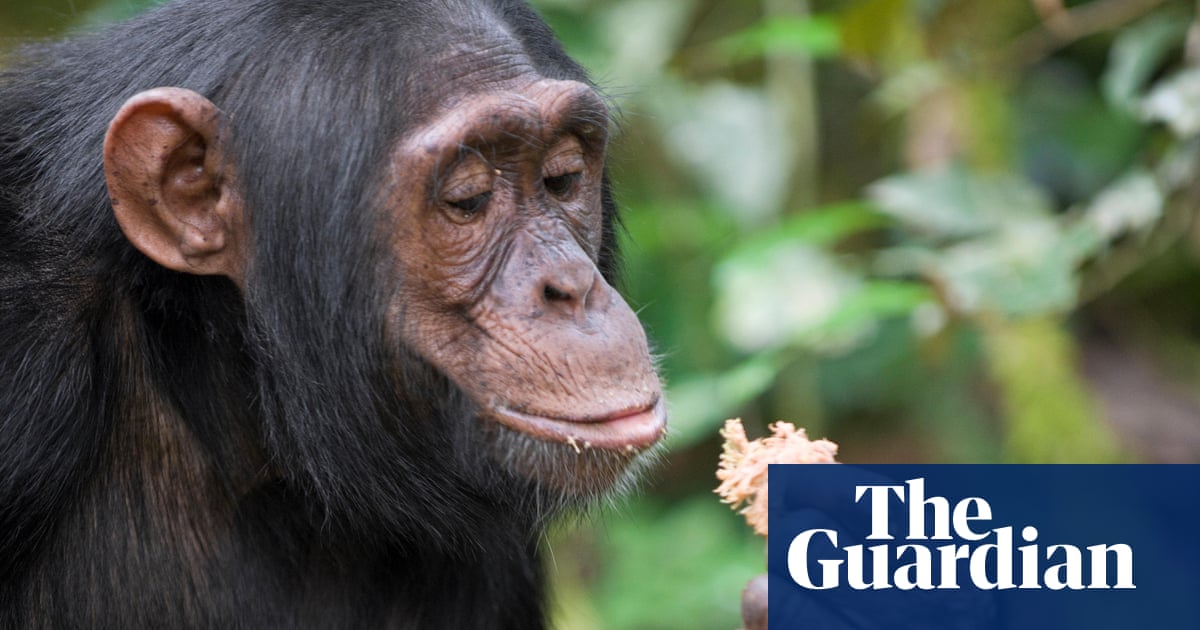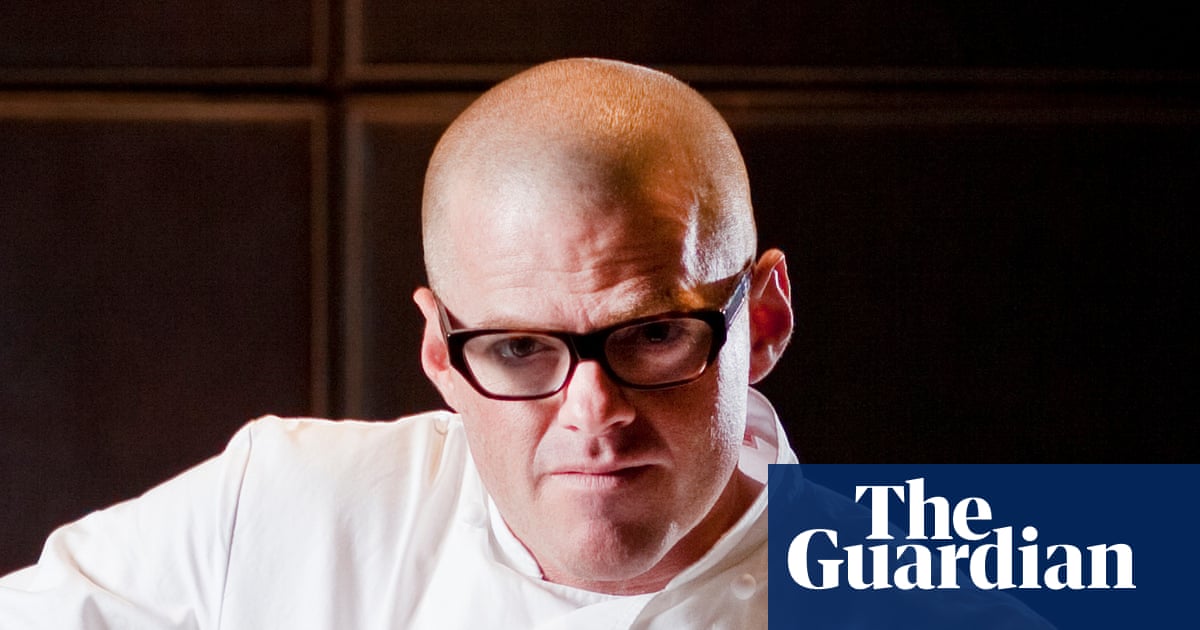Across this weekend, the US National Weather Service is predicting “moderate” heat risk for Miami and Los Angeles. With temperatures likely to exceed 30C, the agency warns “most individuals sensitive to heat” will be affected, a group which contains those “exercising or doing strenuous activity outdoors during the heat of the day”. This weekend is also when the Club World Cup begins.
When Lionel Messi and Inter Miami kick off the tournament on Saturday night against Al Ahly of Egypt it will be 8pm in Miami and although the humidity is predicted to be high, the day’s peak temperatures will have passed. Paris Saint-Germain and Atlético Madrid, however, will play under the full height of the California sun on Sunday, with their Group B fixture a midday kick-off at the famously uncovered Rose Bowl in Pasadena.
Fifa’s Club World Cup has become a lightning rod for debate over any number of aspects of men’s elite football. The expansion of the fixture calendar, Fifa’s incursion into the club game, the use of dynamic pricing to sell match tickets, all have proven controversial but each is resolvable. This summer’s shiny new tournament is, however, about to confront another challenge over which the game’s governing bodies have less control: our changing climate.
The United States is renowned for having hosted one of the hottest World Cups: high temperatures were a constant at USA 94, with the Republic of Ireland’s match against Mexico played out in temperatures reaching 40C (the Women’s World Cup in 1999 was cooler, with temperatures close to the 60-year average). During the past 30 years, however, the average temperature in the US has risen by more than 1C and the country has experienced nine of the 10 hottest years in its history.
Last year, when the Copa América was staged in the US, the Uruguay defender Ronald Araújo had to be substituted at half-time against Panama owing to dizziness and a drop in blood pressure caused by dehydration at the evening match in Miami. When Canada played Peru in Kansas City, the assistant referee Humberto Panjoj collapsed on the field, a medical emergency also ascribed to dehydration. The “feels like” temperature was 38C and the Canada defender Alistair Johnston called the 5pm kick-off unacceptable, saying: “Honestly, it’s not even safe for the fans.”
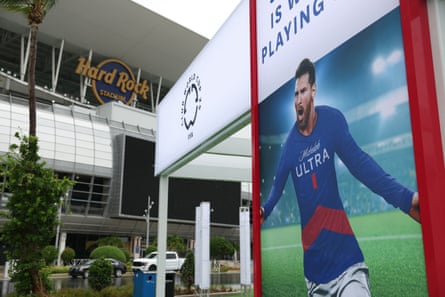
At the Club World Cup, 35 of the 63 scheduled matches will be played earlier than 5pm. According to research by the group Fossil Free Football, eight of the 11 stadiums have “no” or “limited” cover from the elements and four locales have experienced “notable heat events” (with temperatures at least in the high 30s) over the past five years. In a not-unrelated detail, Fossil Free Football has calculated that travel to the Club World Cup by the teams alone will result in 564,877km of air travel.
Notable heat events are not guaranteed during the Club World Cup but they are more likely to happen than in the past because of climate breakdown and there is a question over whether enough is being done to adapt to a new reality. The sole reference to “extreme weather” in Fifa’s regulations for the Club World Cup relates to the use of cooling breaks, which allow players to take on extra fluids once in each half if the wet-bulb globe temperature (a measure of heat stress that includes humidity and air movement) exceeds 32C on the pitch. This is the protocol in place since 2014, and for the international players’ union, Fifpro, it is insufficient. It argues that the threshold for cooling breaks should be between 28C and 32C under the WGBT, with options for a second drinks break per half. If the heat rises above 32C, Fifpro argues, matches should be rescheduled.
after newsletter promotion
“Fifpro has consistently advocated for comprehensive heat protection measures including mandatory cooling breaks, adjustments to kick-off times to avoid the most intense heat, and the postponement of matches when conditions pose a serious health risk to players,” a spokesperson told the Guardian. “With tournaments like the Club World Cup featuring dense match schedules and hot climates in locations such as Orlando and Miami, extreme heat is becoming an increasingly important health and safety issue in professional football. Fifpro will closely monitor the situation in the coming weeks with a view to prioritising player welfare over other considerations.”
Fifa will also be monitoring tournament and stadium operations daily, according to sources close to the organisers, which could result in additional measures being introduced to protect players and spectators. But at the time of writing there are no new measures in place to deal with heat. Meanwhile the possibility of rescheduling matches away from the hottest parts of the day remains minimal, with the 32-team tournament largely staging four matches a day during the group stage and the needs of broadcasters one of the criteria by which Fifa has organised its schedule.
Much of the Club World Cup can feel as if it has been designed on the hoof, with the Fifa president, Gianni Infantino, still promoting the event to a largely unaware American audience. But it could prove a crucial test run for a much more challenging event: next year’s 48-team World Cup, with 104 matches and multiple venues across the south of the US and in Mexico. It is not impossible that the weather could be cool but the data suggests otherwise and any learnings on how to protect players, officials, spectators and anyone else will be vital. Alongside the growing political concerns over these tournaments, the risks of rising heat to human health also deserve serious consideration.

 3 months ago
47
3 months ago
47




